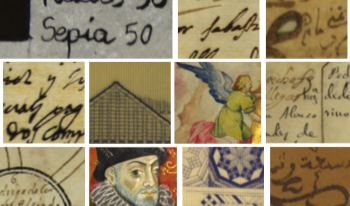
The HYPERDOC database is a publicly available hyperspectral imaging resource for the analysis of historical documents and mock-ups of inks and pigments. It consists of 1681 hyperspectral datacubes, containing millions of reflectance spectra, covering the VNIR (400–1000 nm) and SWIR (900–1700 nm) spectral ranges, including different ink recipes and documents from the 15th to 20th centuries, preserved in two archives in Granada, Spain. We will present the data acquisition process and structure of the database, followed by a live demonstration of its functionality, guiding participants through its use. Additionally, three applications of the database will be summarized, including document binarization, ink classification using machine learning techniques, and ink aging analysis. The HYPERDOC database facilitates the integration of advanced imaging techniques into document analysis and preservation, contributing to the non-invasive study of historical materials.
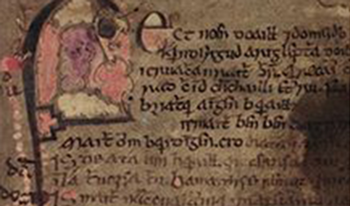
While spectral imaging has now been being utilized in cultural heritage for more than 20 years, there is still a lack of uptake by heritage practitioners. While some point to cost as an issue, it appears the real concern is that of communicating effectively with interested users – conservators, curators, scholars, heritage professionals. Many people are not aware of the range of types of information and data that can be captured and made available from collections, and the potential ease of interacting with the datasets. Since spectral imaging is essentially the next element of digitization and making heritage available in the digital realm, it seems necessary for more effort to be placed on shared knowledge of the spectral capture and processing methodology, so this becomes more accessible as a tool. Setting up a new spectral imaging system, communicating and creating networks for engagement, and addressing opportunities and challenges will be discussed.
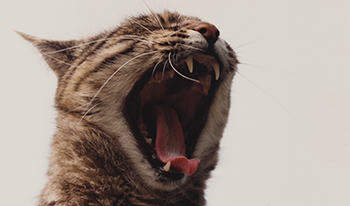
Most analog color photographs were captured on film negatives. This study presents a scientifically validated workflow for digitizing and inverting color negatives to produce digital positives that closely emulate traditional enlarger prints. A custom imaging system with narrow spectral bands, designed to match the spectral sensitivities of photographic paper, was tested against a conventional digitization method. Final color images were computed based on the spectral densities of the paper’s image-forming dyes, simulating the photochemical printing process. Results demonstrate that aligning digitization spectral bands with photographic paper characteristics improves inversion accuracy. This research lays the foundation for enhanced archival preservation of color negatives and provides a method for generating digital positives that closely match the aesthetic of original prints.
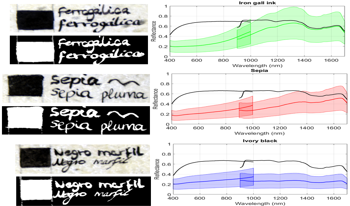
The aim of this work is to provide the cultural heritage community with a comprehensive hyperspectral image database of handwritten laboratory samples, including various writing inks commonly found in historical documents. The database contains 195 samples registered in the VNIR (400-1000 nm) and SWIR (900-1700 nm) spectral ranges, along with complete information about the ink recipes (components and concentrations used for each ink and mixture), and their corresponding Ground Truth images. The database is now publicly available as part of a bigger database related to the Hyperdoc project and can be used to perform different tasks. We present here one example: the classification of iron gall vs non-iron gall inks.
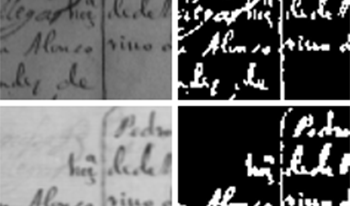
The purpose of this work is to present a new dataset of hyperspectral images of historical documents consisting of 66 historical family tree samples from the 16th and 17th centuries in two spectral ranges: VNIR (400-1000 nm) and SWIR (900-1700 nm). In addition, we performed an evaluation of different binarization algorithms, both using a single spectral band and generating false RGB images from the hyperspectral cube.
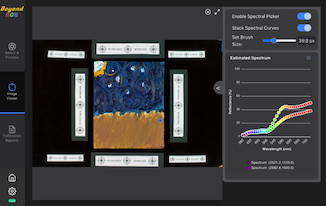
Beyond RGB is a free, opensource, software application providing colorimetric and spectral processing of a 6-channel spectral image. The software has an input of two sets of RAW RGB images, one set for each of two different lighting conditions. These sets include a dark current, flatfield, target, and item. The outputs are an RGB image that is color calibrated with data on the accuracy of the calibration and user-selected spectral reflectance estimations of regions of interest. The improvements created for this version of the software include an updated user interface, auto-sorting of files, improved color difference calculation and visualization, a userfriendly website, and the inclusion of various RAW file types.
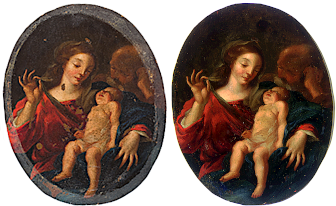
Three endmember extraction methods (NFINDR, NMF and manual extraction) are compared in two stages (pre- and post- intervention) of the same painting, a Maternity on copper plate, under study for the formulation of a hypothesis on the authorship and the dating. The endmembers are extracted from spectral images in the 400-1000 nm range. The main aim is to determine if simple automatic endmember extraction is enough for pigment and re-painted areas identification in this case study.
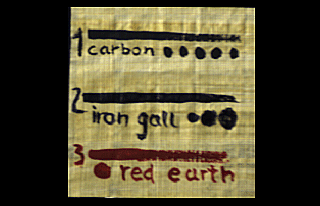
Transparent glass frames are often used to exhibit, handle, and store ancient manuscripts (folia or fragments) across museums, libraries, and collections. Once the manuscripts are carefully sealed (glazed), the process of re-opening the frame for the analysis of the glazed manuscript is not always desirable, given their fragile state of preservation. Therefore, microimaging with IR and UV light sources above the glass frame is a frequently used method for the preliminary (qualitative) classification of the inks applied on the manuscripts. Building on this well-established methodology, this study explores the potential of spectral imaging technology for the quantitative analysis of glazed manuscripts. The present research focuses on the colorimetric analysis of iron-gall and carbon black inks applied on a papyrus substrate, aiming to the quantitative analysis of the effect of glass frames to the acquired images. The obtained results show that the quantitative colorimetric analysis of the inks above the glass frame can be used for the preliminary classification of the inks, hence minimizing the need to open the glass frames for further analysis.
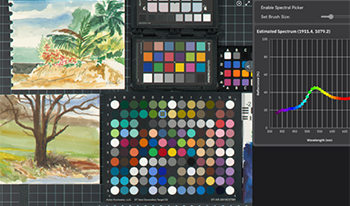
A software application for colorimetric and spectral processing of six-channel spectral images has recently been developed. The application, called Beyond RGB, takes as input two RAW RGB image sets (object/flat-field/dark current) captured under two different lighting or filtering conditions, and outputs 1.) a color managed RGB image with ancillary information about the accuracy of the color calibration and 2.) a spectral reflectance transform that enables the interactive estimation of reflectance curves from user-selected regions of interest in the image. Beyond RGB was designed with considerations for form, function, and user friendliness, and is intended for use by cultural heritage imaging professionals. It is cross-platform compatible and is operated through an interactive graphical user interface. Beyond RGB is a living, updatable, open-source project, and is freely available for download from the project’s public GitHub repository.
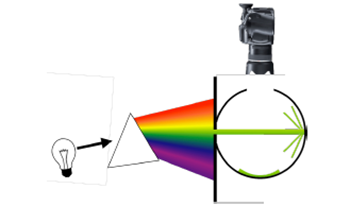
An imaging process is described which captures spectral reflectance for reflective media. The ultimate target media are prints and photographs within the collection of the Library of Congress. The system is based on a fifteen channel LED source and a monochrome camera. The LED source sequentially illuminated reference and verification targets, with an image captured for each LED channel. From the measured data and images of reference targets, a model was developed to predict spectral reflectance. With that model, the 15 images of a test sample were combined to a single 31-band spectral image. Spectral images can be used to calculate colorimetric data for each pixel, or to better understand material properties. The colorimetric results show that the system predicts good color as compared to the most relevant FADGI guidelines.